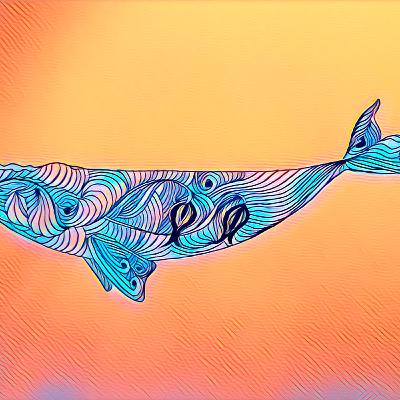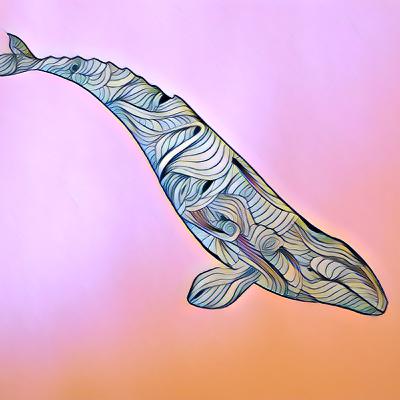Acoustic Monitoring of Right Whale Abundance in Cape Cod Bay
Description
Summary: North Atlantic Right Whale Acoustic Abundance Research
This briefing summarizes research on estimating the abundance of the Critically Endangered North Atlantic Right Whale (NARW) using passive acoustic monitoring (PAM) and aerial surveys. The study focuses on Cape Cod Bay (CCB), a critical foraging area, highlighting the advantages of PAM in providing cost-effective, continuous monitoring compared to traditional aerial surveys.
The study, conducted from February to June 2019, used five Marine Autonomous Recording Units (MARUs) to collect acoustic data. Key steps included:
- Automated Upcall Detection: A Convolutional Neural Network (CNN) identified NARW upcalls with high precision (precision: 0.857, recall: 0.896).
- Acoustic Association: A time-difference-of-arrival (TDoA) approach minimized double-counting of calls across MARUs.
- Acoustic-Visual Calibration: A quasi-Poisson regression model correlated upcalls with aerial survey data.
- Daily Abundance Estimation: The model estimated whale abundance, revealing peak presence in late March and early April and higher upcall rates at night.
- High uncertainty: 95% prediction intervals spanned ~50 whales per day due to observational and availability biases.
- Call variability: Vocalizations depend on group size, behavior, and environmental conditions.
- Algorithmic accuracy: The model may underestimate calls when vocal activity is high.
- Enhancing data fusion methods to integrate aerial and acoustic survey data.
- Expanding studies to include additional NARW call types (e.g., gunshots, tonal calls).
- Adapting the methodology for other endangered cetacean species using semi-automated pipelines.
- Implementing acoustic spatially explicit capture-recapture (aSECR) for improved abundance estimation.
The Orange Orca Podcast plays a key role in disseminating research using AI-powered tools, ensuring broader awareness of whale conservation challenges. This study underscores PAM’s potential in improving abundance estimates, though integrating multiple survey methods is critical for precise population assessments.
This research involved experts from multiple institutions:
Research & Authorship:
- Marissa L. Garcia
- Irina Tolkova
- Shyam Madhusudhana
- Ashakur Rahaman
- C. Scott Baker
- Charles A. Mayo
- Christine A. Hudak
- Holger Klinck
Data Collection:
- Chris Tessaglia-Hymes
- Dr. Christopher Clark (K. Lisa Yang Center for Conservation Bioacoustics)
- Amy James & Captain Marc Costa (Center for Coastal Studies)
Data Analysis & Software:
- Raven Pro 1.6.2, Koogu, TensorFlow v1.13, Python (3.11), R
- Kenneth Tyler Wilcox (Cornell Statistical Consulting Unit)
Funding:
- U.S. Navy’s Office of Naval Research (Dr. Michael J. Weise, Dr. Scott Baker)
- Additional fellowships and research programs
Review & Publication:
- Editorial oversight by Michael Noad (Endangered Species Research)
The research underscores the importance of PAM in marine conservation and the need for ongoing innovation to refine abundance estimation techniques.
Key Findings & MethodologyChallenges & LimitationsFuture Research & ImplicationsStudy Contributors
Source: https://www.int-res.com/abstracts/esr/v56/p101-115/







